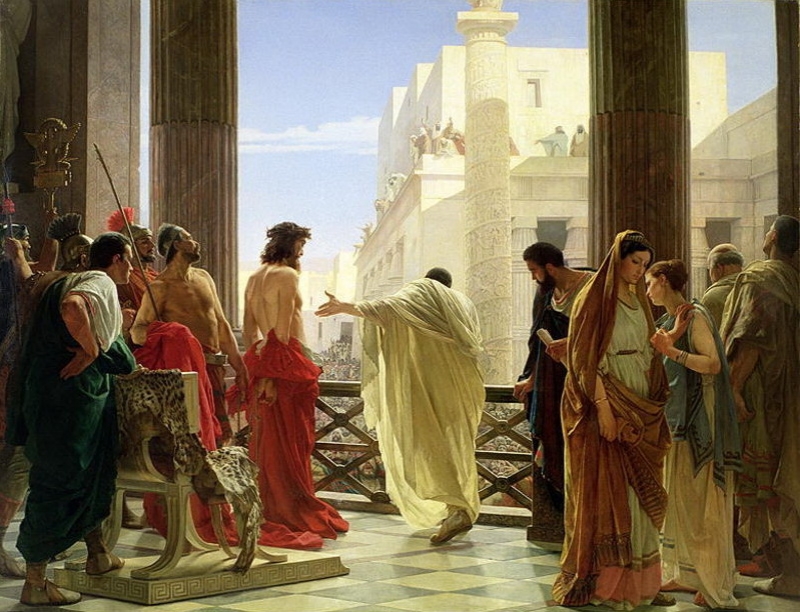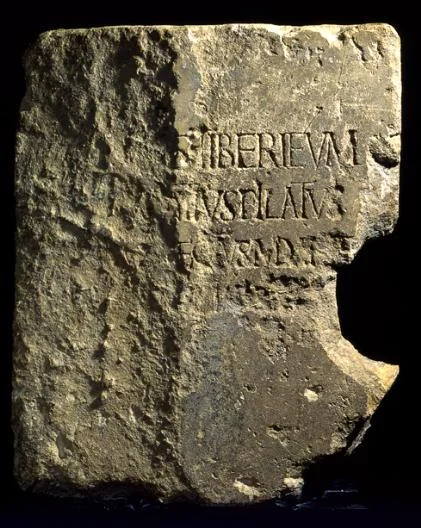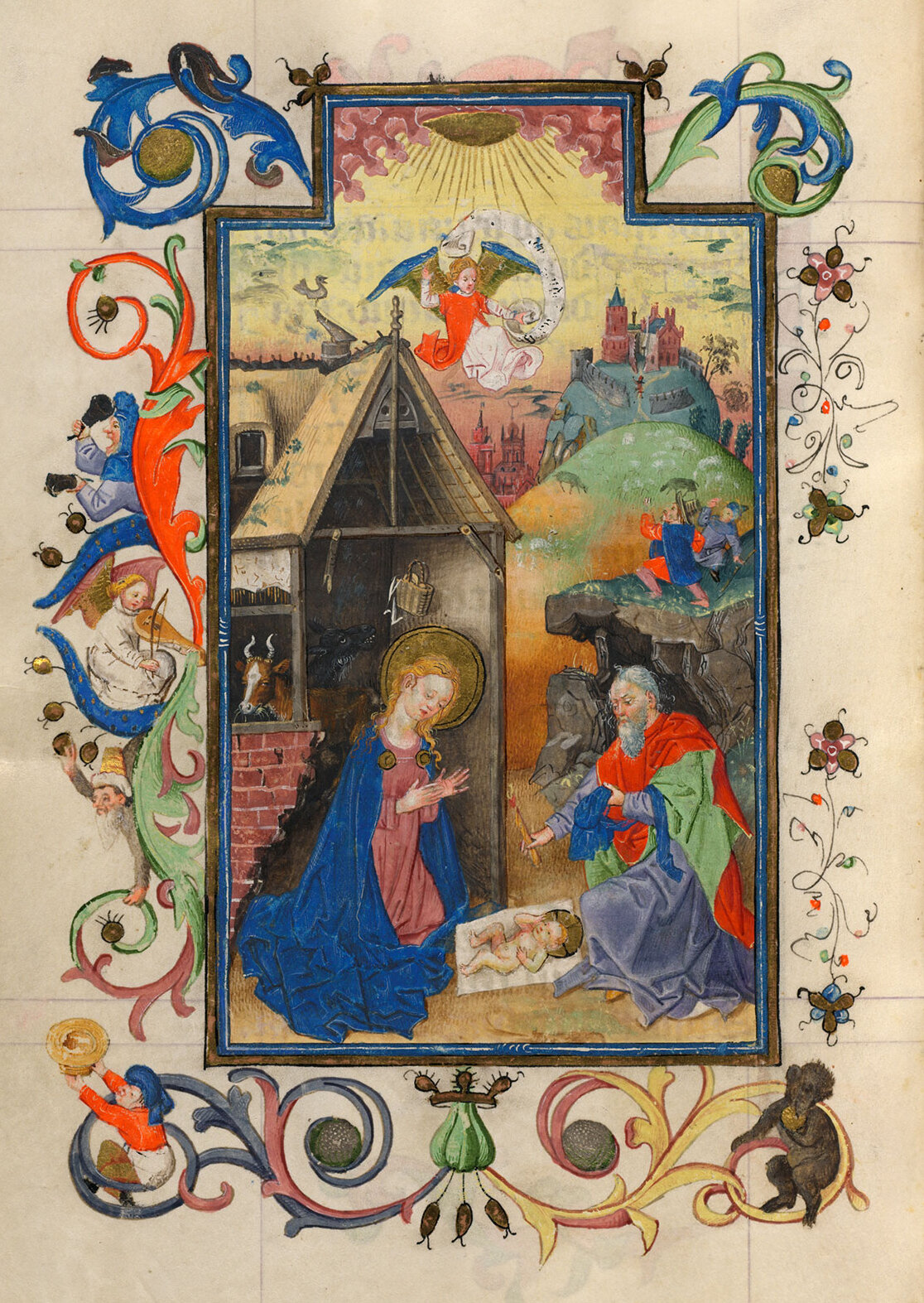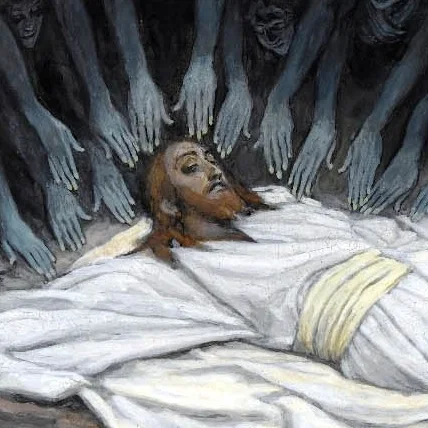Pontius Pilate - Prefect, not Procurator

Antonio Ciseri (1821-1891), Ecce Homo, 1871. Gallery of Modern Art, Florence, Italy.
Pontius Pilate is remembered in the gospels as the Roman ruler of Judea who caved into a lynch mob's demands and had Jesus crucified. For centuries, some scholars and skeptics argued that the gospel accounts were not historically accurate. Some suggested that Pilate was merely a mythical character, a fictional creation in the Jesus myth.
Apart from the gospels, the only early evidence that Pilate ever existed came from the Jewish philosopher Philo and the Jewish historian Josephus, along with a brief mention by the Roman historian Tacitus.
“UNTIL 1961, there was no concrete archaeological evidence that Pontius Pilate, the fifth governor of Judaea, ever existed. There were accounts of him, of course, not least the accounts in the Gospels. But the records of his administration had disappeared completely: no papyri, no rolls, no tablets, no (authentic) letters to Rome. The Roman ruins that remained in Israel seemed to have nothing to do with him. Even his aqueduct - a project that got him into plenty of trouble at the time - appeared to have crumbled away.”
In the summer of 1961, however, Italian archaeologist Antonio Frova found a piece of limestone high in the ruins of an ancient theater in Caesarea. The stone bore a partial inscription which included the name of Pontius Pilate. The archaeologist had no trouble filling in the blanks. It read:
PONTIUS PILATE, PREFECT OF JUDEA, HAS PRESENTED THE TIBERIEUM TO THE CAESAREANS

The Caesarea Stone, Israel Museum.
This simple sentence marked the first archaeological evidence of the existence of Pontius Pilate, and added the following insight into the authenticity of the gospel writers' accounts:
Pontius Pilate's title was traditionally thought to have been "procurator of Judea" since the Roman historian Tacitus (writing in the second century AD) refers to him as such. However, the Pilate stone refers to him as "prefect of Judea". "Prefects" were governors in charge of parts of larger provinces.
As it turns out, it was not until the rule of the emperor Claudius (who governed from 41 to 54 AD) that the title of the Roman governors changed from "prefect" to "procurator". The gospel writers accurately label Pilate (who ruled from 26 to 36AD) as "prefect" (or "governor"), not "procurator".
“Then the Jews led Jesus from Caiaphas to the palace of the Roman governor.”
BLOG ARCHIVE
It is remarkable and surprising that women play such a prominent role in the gospels as the first witnesses to the resurrection of Jesus.
The Gospels give accurate details about Jesus’ travels and distances to the places he visited.
On Easter morning, John and Peter, after hearing Mary Magdalene’s report that Jesus’ body was missing, raced to the tomb.
A bold move from one of the members of the Sanhedrin.
Holy Week in Art: the Resurrected Jesus Appears to Mary Magdalene.
On the fifth day of Holy Week, Jesus is arrested after Judas betrays him with a kiss.
On the fifth day of Holy Week, Judas and his disciples celebrate the passover meal.
On the third day of Holy Week, Judas Iscariot negotiates with the Sanhedrin to hand Jesus over.
On the third day of Holy Week, the religious leaders confront Jesus in order to entrap him.
On the second day of Holy Week, Jesus cleanses the temple.
On Palm Sunday, Jesus enters Jerusalem on a donkey and is greeted by great crowds.
Illuminated books are beautifully decorated texts.
Mosaic, a beautiful and long-lasting art form.
A new collection of miniature portraits of Jesus that fit in any small space.
Creatinine and ferritin iron nanoparticles found on the Shroud of Turin.
A beautiful and otherworldly depiction of an exhausted Jesus surrounded by angels.
A lovely locket pendant with miniature Jesus portrait based on the Shroud of Turin.
The Shroud of Turin would be of limited interest as an ancient artifact were it not for the fact that the gospel of Mark mentions that Joseph of Arimathea wrapped Jesus' body in a linen cloth for burial.
Our movie Jesus Alive Again has been accepted to compete at GLSF.
Two newly discovered molecules shine light into the aroma of the ancient resin.
tags / Jesus, Pontius Pilate, Excavation, Josephus, Passion of Jesus, Jesus arrested, Passover, Holy Week, Jesus condemned to death, Easter




























